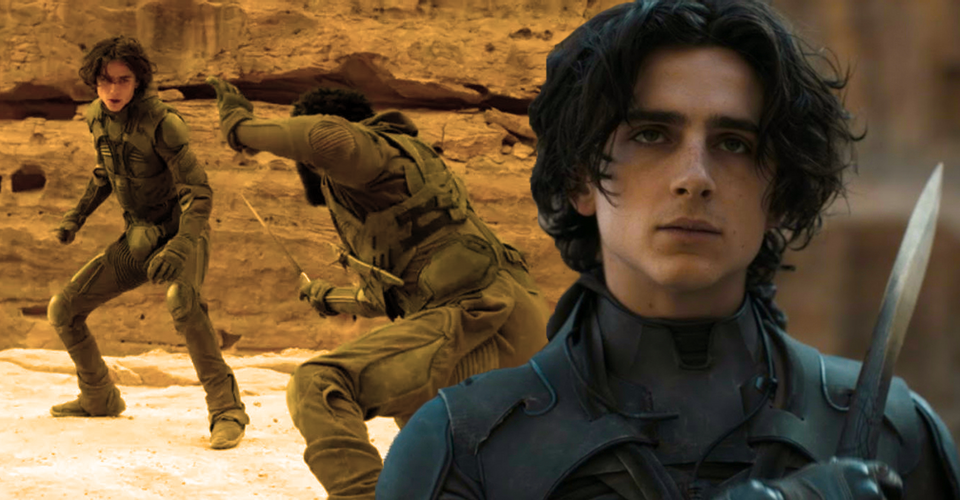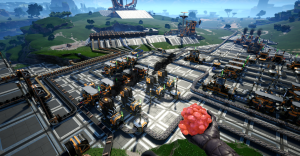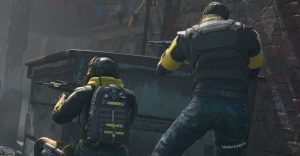Dune: Why Death Isn’t What Scares Paul Atreides In His Fight With Jamis

Paul Atreides receives prophetic visions in Dune that seem to present a future in which he is stabbed with a crysknife, but it isn’t physical death that frightens the heir to Arrakis’ throne. Although his fight with the Fremen Jamis puts him in grave physical danger, Paul realizes that this isn’t the biggest threat he faces. Instead, he is more concerned with what his survival means for the future of the entire universe.
Paul’s ambiguous visions layer Dune with a sense of mystery and dread, both foreshadowing the possible events of the second film as well as hinting at timelines that may never come to be. This is made evident by Paul’s vision of seemingly forming a friendship with Jamis, a potential scenario that never becomes reality. Thanks to the training of his mother and his susceptibility to the spice melange – the psycho-active substance at the center of the wider narrative, Paul experiences many potentially significant visions throughout Dune.
One of these visions, in particular, scares Paul far more than the prospect of death. After escaping with his mother from the Harkonnens, the young Atreides catches a glimpse of a future in which he leads an unstoppable army in a bloody conflict across the known universe. Paul’s fight with and eventual victory over the Fremen Jamis strongly suggests that the boy is in fact the Kwisatz Haderach – the messianic figure at the center of a long-running Bene Gesserit breeding program – and therefore will start the envisaged holy war across the Imperium. The act of killing someone else and embracing this destiny, and what it means for the universe as a whole, is what truly scares the young Atreides.

Metaphor plays a significant role in the way Dune portrays the power of precognition. Like the prophecies of the Greek oracles, Paul’s visions aren’t necessarily literal depictions of future events, but interpretations of these events. For instance, it looks as if Chani (played by Zendaya) may have stabbed him with the crysknife in one sequence, but that very well could have been one way to interpret her gifting him the weapon in his fight with Jamis. As the narration in his dream judiciously states, “to take a life is to take your own,” meaning that, in a sense, Paul did die when he killed Jamis with the crysknife, becoming reborn with a new destiny.
All this prophetic conjecture points to the crux of Paul’s character, which is that despite being having the power of foresight, he’s still bound to the terrible fate of becoming the Kwisatz Haderach, or the messiah from the Bene Gesserit teachings. It’s important to note that this encounter with the Fremen people is soon after Paul received his more vivid spice-induced visions inside the tent with his mother, in which he sees himself leading a holy war of vengeance with his soldiers waging violence in his name. Killing Jamis acts as a symbolic rite of passage for Paul into being “reborn” as the Kwisatz Haderach, confirming his fears that he will eventually be responsible for the deaths of far more people.
That fear of destiny is what defines Paul Atreides’ motivations and what makes him such a subversive character in fantasy storytelling. He may fit the archetype of a reluctant hero, but that’s not because Paul doubts his own powers. On the contrary, it’s because he’s frightened of his own potential and is aware that becoming a “Chosen One” doesn’t mean that he’ll bring galactic peace. Therein lies one of the main themes of Dune, that predetermined fate can be a tragic burden and that destiny can be terrifying.
- Dune 2 (2023)Release date: Oct 20, 2023
About The Author
















